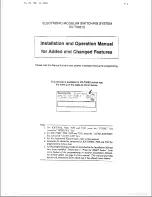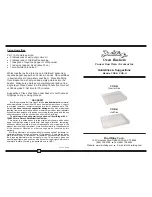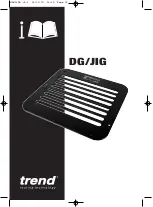
During this process, an object can only be detected in front of a background if the
remission capability of the object is significantly higher than that of the background
or if the distance between the object and the background is sufficiently long.
% of sensing range
Image 1: H
2
Mount the sensor using a suitable mounting bracket (see the SICK range of acces‐
sories).
Note the sensor's maximum permissible tightening torque of 1.3 Nm.
Note the preferred direction of the object relative to the sensor [see A].
3
The sensors must be connected in a voltage-free state (U
v
= 0 V). The information
in the graphics [B] must be observed, depending on the connection type:
–
Male connector connection: pin assignment
–
Cable: core color
Only apply voltage/switch on the power supply (U
v
> 0 V) once all electrical connec‐
tions have been established. The green LED indicator lights up on the sensor.
Explanations of the connection diagram (Graphic B):
Switching outputs Q and /Q (according to Graphic B):
WTx23-2P/K (PNP: load -> M)
WTx23-2N (NPN: load -> L+)
WTx23-2S (relay output)
Q: light switching, object will not be detected, relay active
4
WT23-2xxx4x, WTB23-2xxx6x: Align the sensor with the object. Select the position
so that the red emitted light beam hits the center of the object. You must ensure
that the optical opening (front screen) of the sensor is completely clear [E]. We rec‐
ommend making the adjustments using an object with a low remission.
3
COMMISSIONING
2
8015974.YVM5 | SICK
Subject to change without notice




































